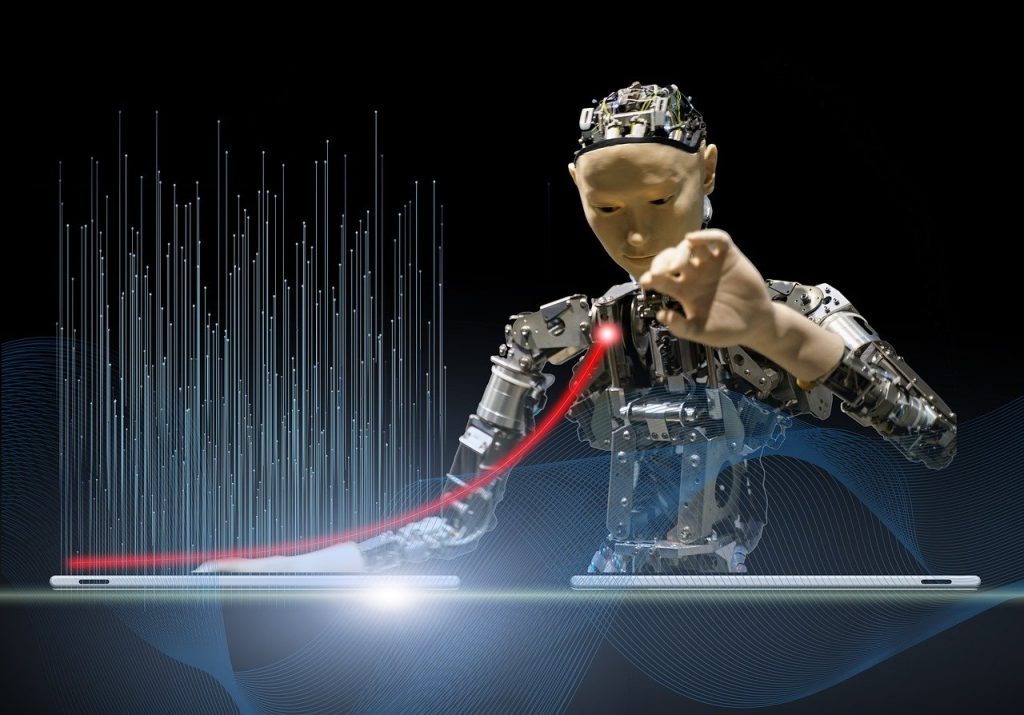How to Combine Forces for Innovation

GUEST POST from Art Inteligencia
In today’s rapidly evolving landscape, organizations face the dual challenge of staying competitive and adapting to change. Design thinking and change planning are powerful tools that, when combined, can drive innovation, foster creativity, and lead to transformative outcomes. In this article, we explore how these two methodologies can work in harmony to create a culture of innovation.
1. Understanding Design Thinking
What is Design Thinking?
Design thinking is a human-centered approach to problem-solving. It emphasizes empathy, collaboration, and iterative processes. Here are the key stages of design thinking:
- Empathize: Understand the needs, pain points, and aspirations of your users or stakeholders.
- Define: Clearly define the problem you aim to solve.
- Ideate: Generate creative solutions through brainstorming and ideation sessions.
- Prototype: Build low-fidelity prototypes to test and refine ideas.
- Test: Gather feedback from users and iterate based on insights.
The Guardian: A Design Thinking Success Story
The Guardian, a renowned newspaper and publishing group, leveraged design thinking to transform its funding model, boost revenue, and engage emotionally with readers1. By empathizing with their audience, they identified pain points and creatively addressed them. The result? A sustainable business model and a deeper connection with readers.
2. Integrating Change Planning
What is Change Planning?
Change planning involves systematically preparing an organization for transitions. It ensures that people, processes, and systems adapt smoothly to new realities. Here are the essential steps:
- Assess the Landscape: Understand the context, identify stakeholders, and assess readiness for change.
- Create a Vision: Define the desired future state and communicate it effectively.
- Plan and Execute: Develop a detailed roadmap, allocate resources, and execute the plan.
- Monitor and Adjust: Continuously evaluate progress, make necessary adjustments, and celebrate wins.
Tackling the Opioid Crisis: A Dual Approach
The Lummi Tribal clinic faced the opioid crisis head-on using both design thinking and change planning. They empathized with patients, staff, and the community to understand the complexities. Simultaneously, they planned for system-wide changes, including better protocols, training, and community outreach. The result? A holistic approach that saved lives and improved overall well-being1.
3. Synergy in Action
When design thinking and change planning converge, magic happens:
- User-Centric Innovation: Design thinking ensures solutions resonate with users, while change planning ensures smooth implementation.
- Iterative Adaptation: Design thinking’s iterative nature aligns with change planning’s continuous improvement mindset.
- Culture Transformation: Together, they foster a culture of innovation, agility, and resilience.
The Value of Braden Kelley’s Change Planning Toolkit™
To supercharge this synergy, consider integrating Braden Kelley’s Change Planning Toolkit™. This toolkit provides a comprehensive set of frameworks, worksheets, and tools designed to accelerate change efforts. Here’s why it’s invaluable:
- Beat the 70% Failure Rate: The toolkit equips you to navigate change successfully, minimizing the risk of failure.
- Visualize, Plan, and Execute: Use the toolkit to create visual roadmaps, ensuring alignment across teams.
- On-Time Delivery: Deliver projects and change efforts promptly with the toolkit’s practical resources.
- Human-Centered Approach: Like design thinking, the toolkit prioritizes people, fostering engagement and adoption.
The Change Planning Toolkit™ Basic License grants you access to 26 essential tools, including the Change Planning Canvas™1. For more extensive options, explore the Individual Bronze License or the Commercial License (Annual)2. Remember, innovation isn’t a solo endeavor—it’s a symphony of empathy, strategy, and execution. Let’s play our part in this transformative orchestra.
In conclusion, organizations that embrace both design thinking and change planning position themselves for sustained success. By combining forces, they create a dynamic ecosystem where creativity thrives, problems are solved, and innovation becomes a way of life.
Remember, innovation isn’t a solo endeavor—it’s a symphony of empathy, strategy, and execution. Let’s play our part in this transformative orchestra.
Note: The case studies mentioned here are illustrative. Organizations should tailor their approach based on their unique context and challenges.
References:
- The Guardian: Benefits of Design Thinking
- Tackling the Opioid Crisis at the Human and Systems Levels
Bottom line: Futurology is not fortune telling. Futurists use a scientific approach to create their deliverables, but a methodology and tools like those in FutureHacking™ can empower anyone to engage in futurology themselves.
Image credit: Pixabay
 Sign up here to get Human-Centered Change & Innovation Weekly delivered to your inbox every week.
Sign up here to get Human-Centered Change & Innovation Weekly delivered to your inbox every week.

![]() Sign up here to get Human-Centered Change & Innovation Weekly delivered to your inbox every week.
Sign up here to get Human-Centered Change & Innovation Weekly delivered to your inbox every week.







